Inside the Shakti Design Residency, taking Indian craftsmanship to Alcova 2025
The new initiative pairs emerging talents with some of India’s most prestigious ateliers, resulting in intricately crafted designs, as seen at Alcova 2025 in Milan
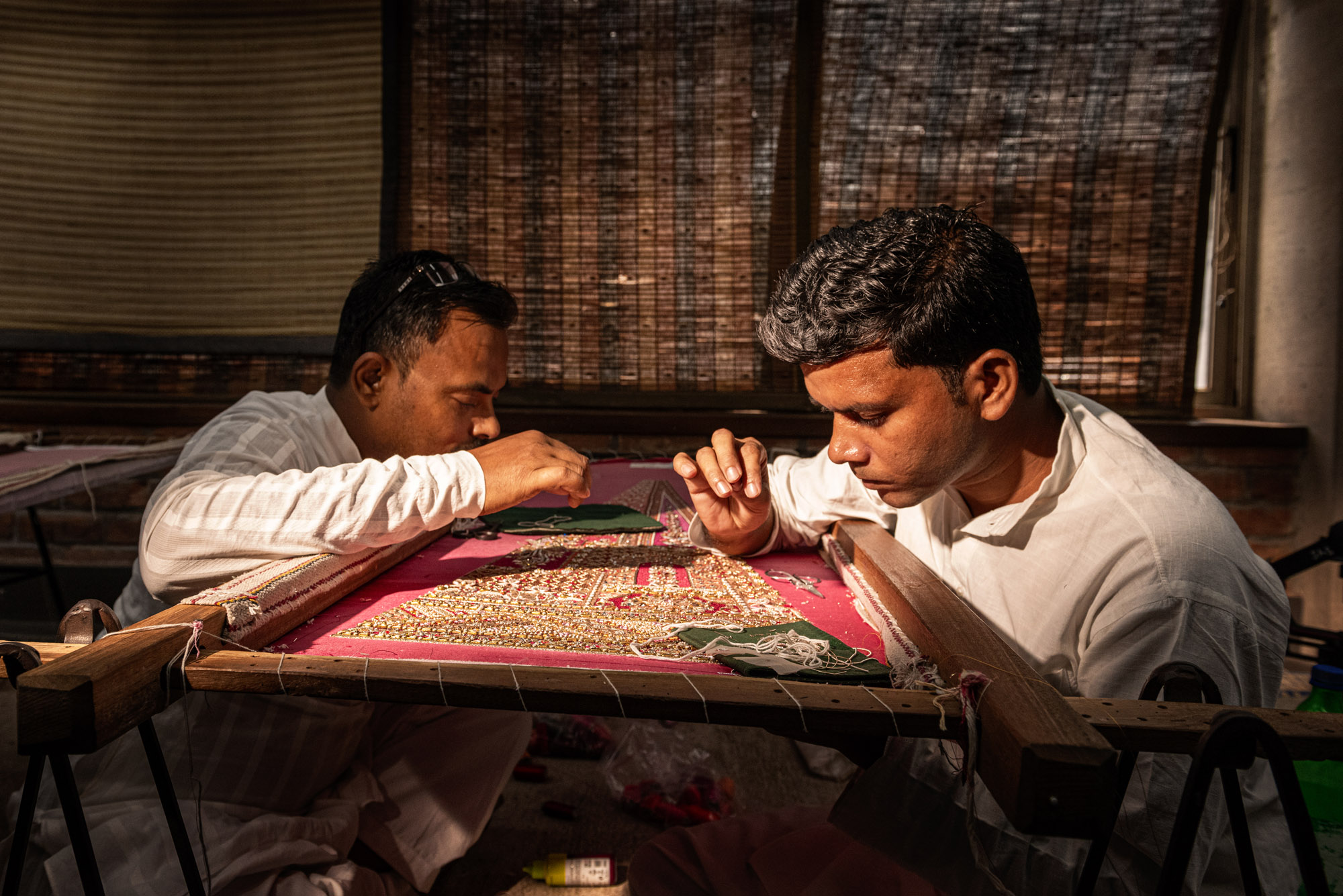
From the pearliest palace interiors to the most epic couture creations, a new residency programme presents an opportunity to explore the uppermost echelons of India’s extraordinary artisanal capability and design talent. Conceived by interior designer Shalini Misra, the Shakti Design Residency aims to offer a glimpse of what can be possible, foster new collaborations, and shatter preconceptions all at the same time.
Raised in India, and now based between Delhi, New York and London, Misra has spent nearly three decades seeking out talented artisans around the world for her interior design projects, and her experience of India’s exceptional craftsmanship and collectible design means she has long been aware of the potential of opening this market up to a wider audience (Misra’s Delhi home is a ‘Made in India’ sanctuary). ‘The timing feels particularly important now as we witness a global shift towards valuing craftsmanship and innovation,’ she says.
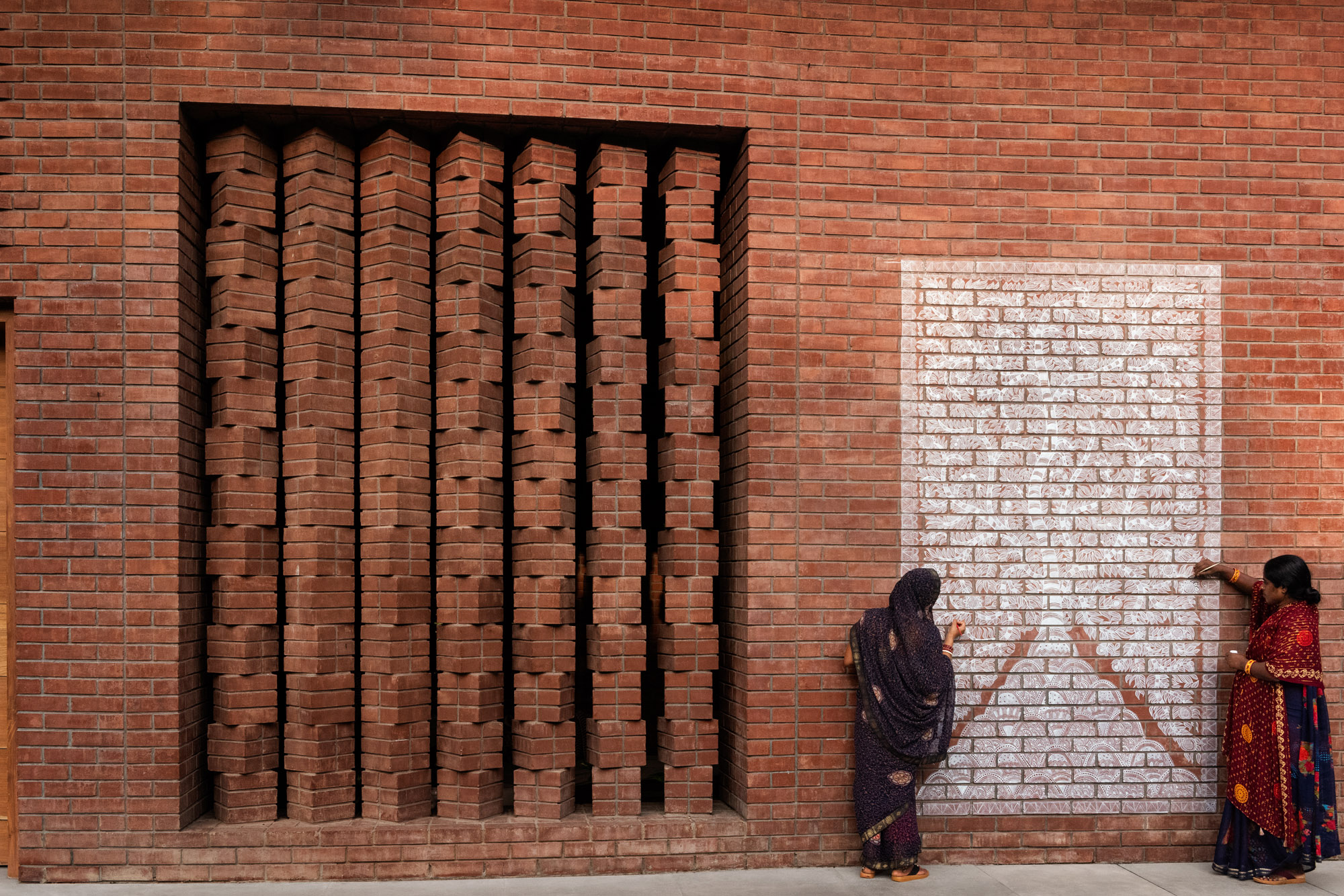
Artisans at work at Shalini Misra’s family retreat in Delhi
In spring 2024, Misra and her team put out an open call for applications, and from some tough competition, five emerging designers from around the world were selected, then flown to India, where they were each partnered with one of five respected ateliers: Tarun Tahiliani, Klove Studio, Vikram Goyal, Jaipur Rugs, and the Chanakya School of Craft.
For four weeks, under the guidance of their mentors, the designers were immersed in their respective heritage crafts and India’s history and culture, simultaneously tasked with creating a new collection. The results, showing at Alcova 2025 during Milan Design Week, will be produced in limited-edition runs, available to buy on Misra’s retail platform Curio Space, and Basic Space, the LA-based digital marketplace founded by Design Miami chairman and Shakti panellist Jesse Lee.
The residency has been guided by an advisory panel featuring a cohort of established cultural voices, including Yves Béhar, Marcin Rusak, Nilufar Gallery founder Nina Yashar, Morphogenesis founder Sonali Rastogi, Benjamin Paulin, ECAL director Alexis Georgacopoulos and The Future Perfect founder David Alhadeff.
Two weeks into the residency, which took place in Delhi, Jaipur and Mumbai, Wallpaper* joined Misra, Rusak, Georgacopoulos and Alhadeff to check in on the designers’ progress, which included visiting their mentors’ ateliers and being treated to behind-the-scenes tours of workshops, homes, palaces and galleries as Misra’s network stepped up to support the initiative.
First fruits of the Shakti Design Residency, as showcased at Alcova 2025
Duyi Han x Tarun Tahiliani
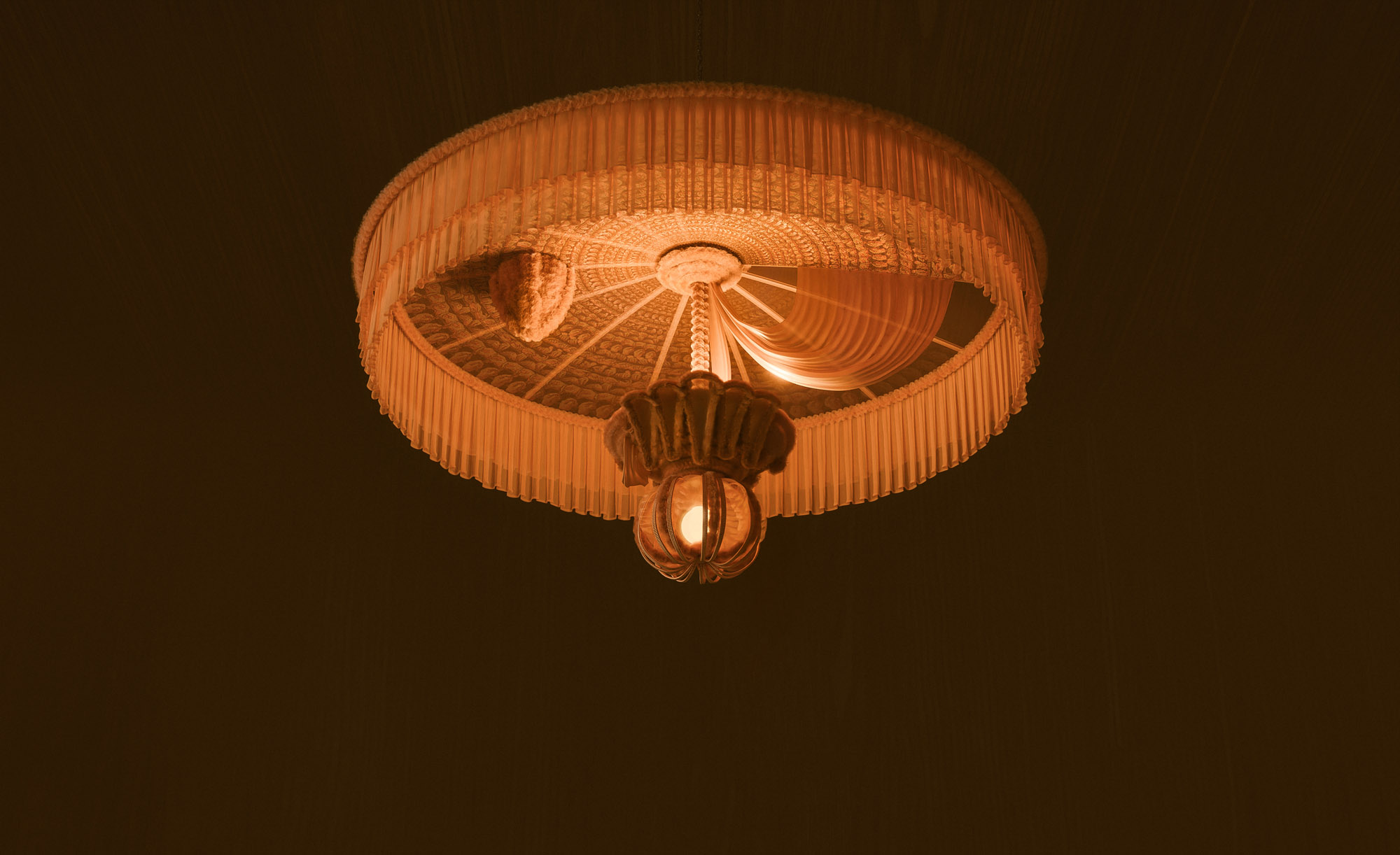
A chandelier (above) and a lamp (below) by Duyi Han x Tarun Tahiliani reference the cutting patterns of traditional Indian wedding garments
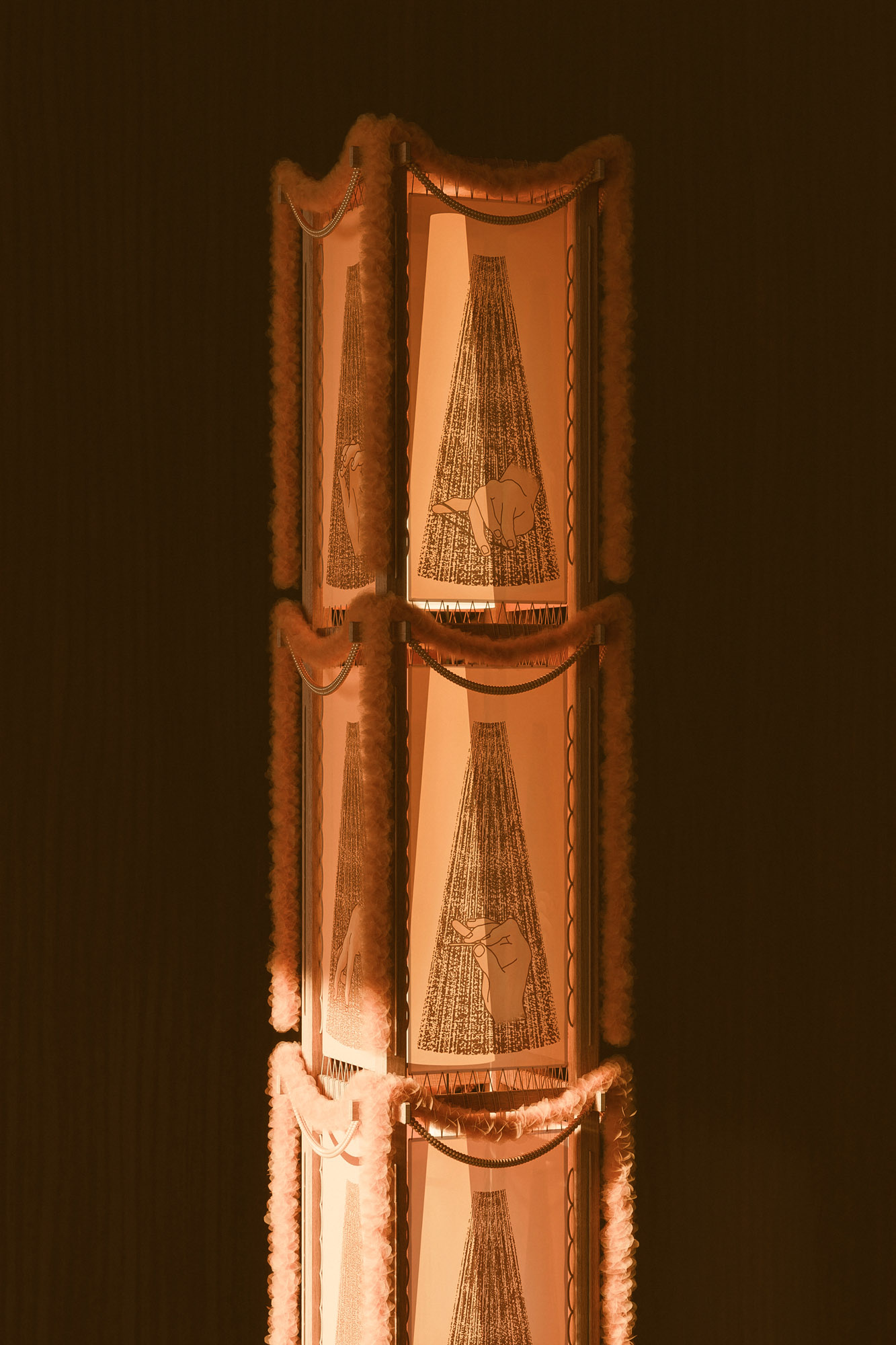
Duyi Han, from China, holds a B Arch from Cornell University. In 2023, he was a Créateurs Design Awards winner, and in 2025 he designed the set for the Curated section at the Collectible Design Fair in Brussels. For Shakti, Han was paired with Tarun Tahiliani, one of India’s leading couturiers, renowned for his pioneering take on traditional Indian dress and intricate, innovative use of rich embroidery work and textiles.
Wallpaper* Newsletter
Receive our daily digest of inspiration, escapism and design stories from around the world direct to your inbox.
Han’s residency experience was a whirlwind immersion in Indian culture and craftsmanship from the off. His resulting collection includes a chandelier, a table lamp and a chair/bench, each exploring the concept of devotion and storytelling in India’s wedding traditions. The chandelier draws from circular elements in India’s visual culture while evoking the vibrant emotional energy reminiscent of religious objects. The lamp references the cutting pattern of the choli (blouse) while the chair/bench is inspired by the sherwani (groom’s coat). Echoing the visual style of Mughal painting, it depicts an embroiderer at work.
Kickie Chudikova x Klove Studio
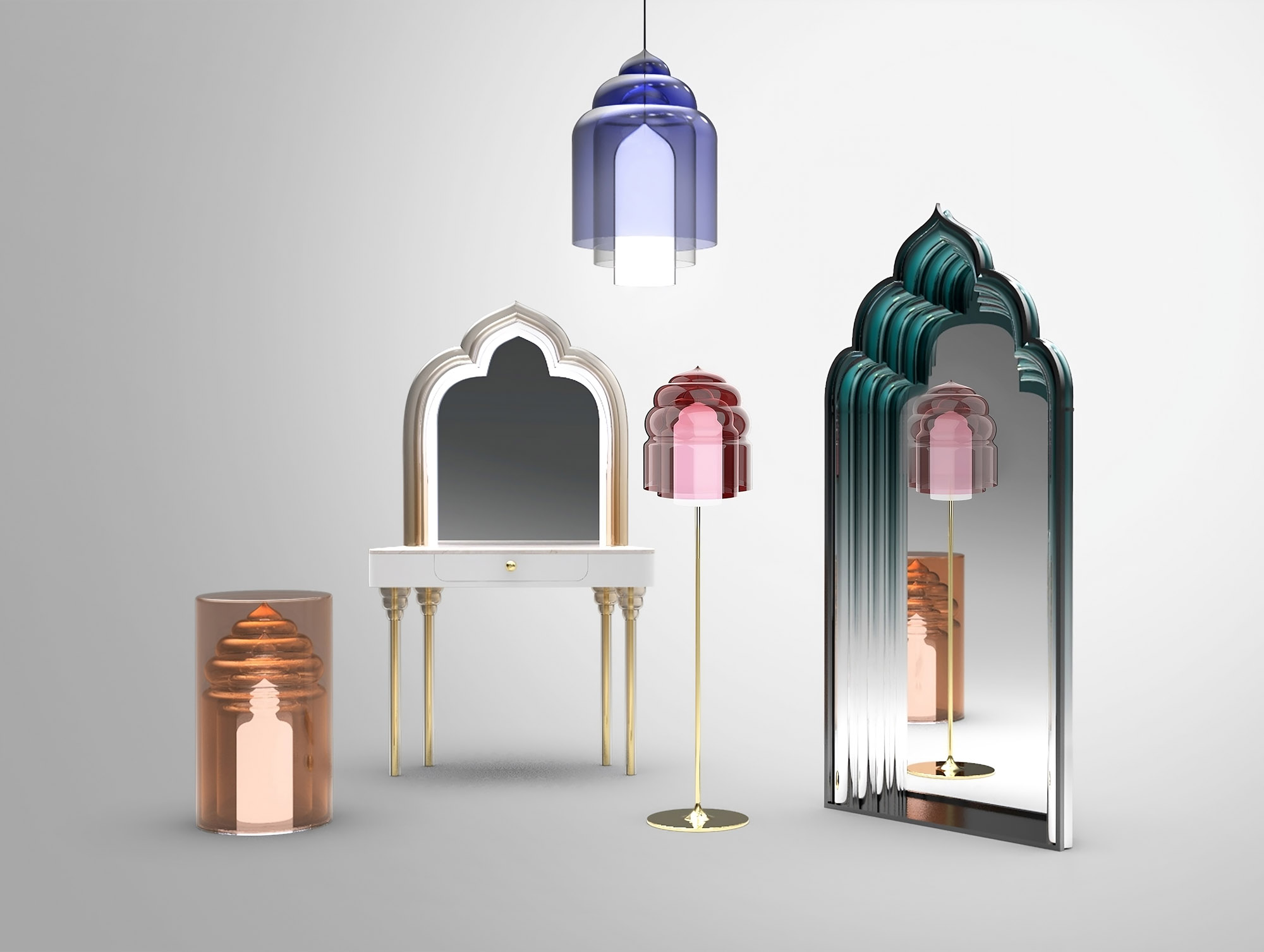
Taking inspiration from India’s ubiquitous arches, Kickie Chudikova x Klove Studio’s ‘Vista’ collection consists of five glass pieces featuring a unique colour gradient
New York-based, Slovak-born industrial designer Kickie Chudikova has had an impressive career trajectory, with a growing roster of awards to her name for both her own collections of furniture and lighting and commercial design projects. She was matched with Klove Studio, renowned for its striking, highly-sought-after handblown chandeliers and glassware.
Drawing inspiration from the ubiquitous arches in Indian architecture, her collection comprises five sculptural furniture and lighting pieces, each capturing a delicate but striking balance of graphical elements and architectural perspective. Chudikova chose a symbolic colour gradient for each piece, evoking a deeper connection to cultural, spiritual and natural elements.
@kickie.chudikova, @klove.studio
Luca Gruber x Vikram Goyal
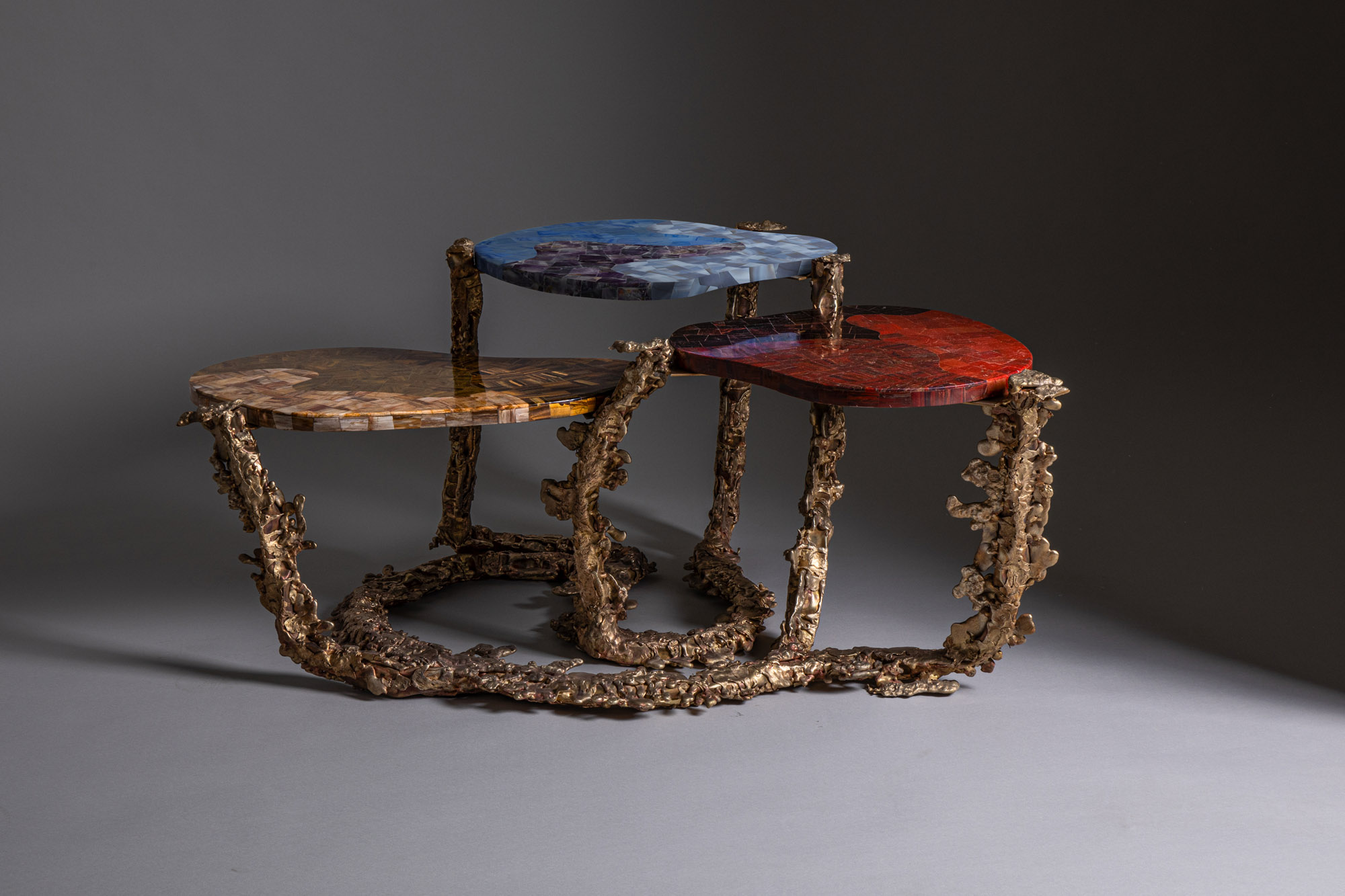
One of Luca Gruber x Vikram Goyal’s tables, inspired by the chakras
Since graduating with an advanced masters degree in design for luxury and craftsmanship from ECAL, Luca Gruber has collaborated with the likes of Carl Auböck V, Lobmeyr, Ini Archibong and Bodo Sperlein. For Shakti, the German-born designer was placed with Vikram Goyal, whose work using extremely skilled metalwork and precious stone inlays translates India’s rich legacy of craft excellence into modern collectible designs that resonate globally.
Taking a cue from Goyal’s own approach, as well as the spiritual philosophy of the seven chakras, Gruber’s set of three tables are designed as a reflection of the body’s energetic flow. Fusing material and meaning, the set features seven tabletops, each corresponding to a chakra, with its semi-precious stone inlay chosen to embody the essence of each energy centre – grounding reds for muladhara, luminous violets for sahasrara, and so on. Undulating brass legs mimic the nadis, the vital energy channels that link the chakras.
@_lucagruber_, @vikramgoyalstudio
Helena Bajaj Larsen x Jaipur Rugs
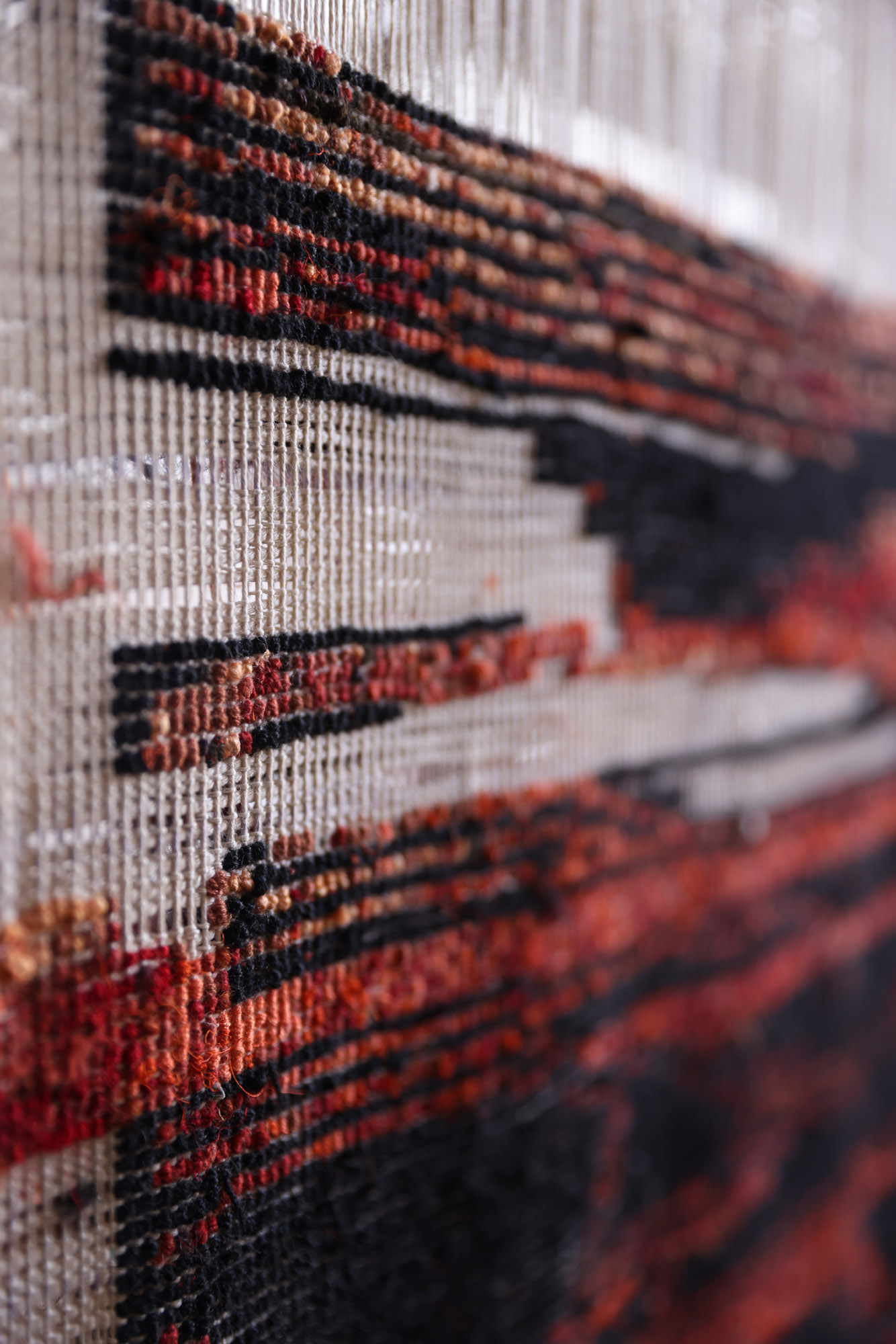
Helena Bajaj Larsen x Jaipur Rugs’ design seen as a work in progress
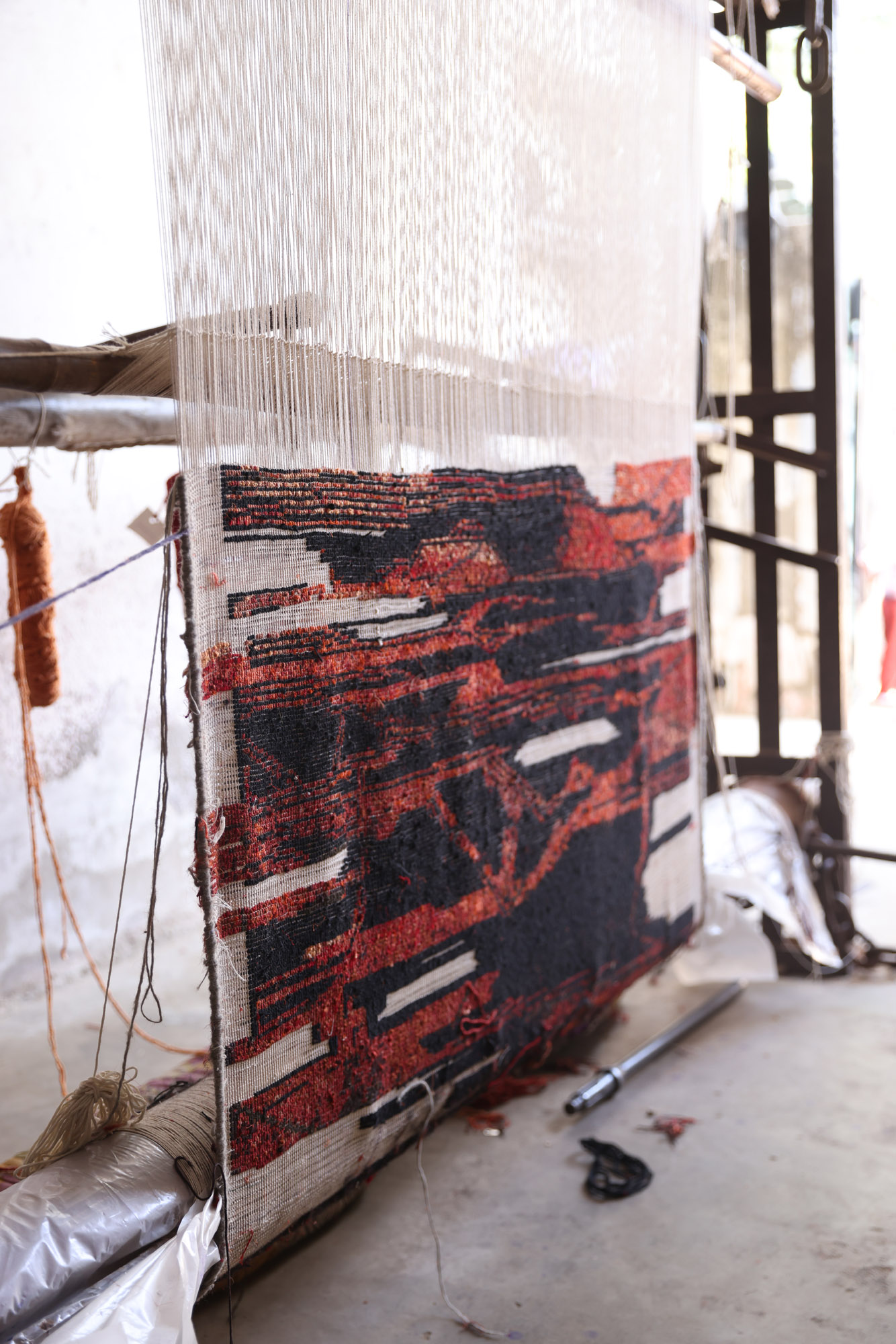
Interdisciplinary textile designer Helena Bajaj Larsen is based between France, India and Dubai, and her practice spans art and interiors, with a strong focus on collaboration with craft communities across the global south. A graduate of New York’s Parsons School of Design and Milan’s SDA Bocconi School of Management, Larsen is of Indian and Norwegian heritage and is the only resident with prior experience of making in India.
For Shakti, she was paired with Jaipur Rugs, whose hand-knotting legacy allowed her to further explore the abstract hand-painted silk work that has become her personal signature. Her series of rugs, anchored in a continuation of her research relating to maps, veins and roots, were developed through hand drawing, initially building the linework that would eventually turn into the skeleton used for the CAD.
Extensive dye and embroidery tests and experimentation followed, before high-resolution images of Larsen’s silk works were fed into a computer to break down colours by pixel for material matching. The result is an amalgamation of the technical pixel-like nature of rug image building and the free-flowing nature of abstract imagery.
Aya Kawabata x Chanakya School of Craft
A post shared by Shakti Design Residency (@shakti.residency)
A photo posted by on
Japanese designer Aya Kawabata specialises in textiles and graphic works that reimagine traditional patterns, amulets and cultural stories. Having spent time living in New York and Europe, her creative philosophy is informed by an involvement in Japanese culture that is influenced by layered global experiences.
For Shakti, she partnered with the Chanakya School of Craft, a non-profit foundation dedicated to craft, culture and creating new autonomy for women. It teaches more than 300 hand embroidery techniques through a holistic curriculum. The collaboration between Chanakya and Kawabata reimagines Indian cultural symbolism in an embroidered wall hanging that draws from the designer’s heritage and expansive horizons. Her piece channels the energy of the sunrise, evoking purification, creativity and boundless possibility.
@aya_kawabata_design, @chanakya.school
The name Shakti comes from a Sanskrit word meaning strength, energy or power. The exhibition in Milan will certainly prove to be a highlight, but the real legacy of the design residency lies in the strength of the new connections made, the energy of the perspectives shifted, and the power of the knowledge exchanged. For those who experienced it firsthand, it is clear that something bigger than a residency has been set in motion.
The residents’ projects are on show from 7-13 April 2025 at Alcova, Milan, alcova.xyz, @shakti.residency
Henrietta Thompson is a London-based writer, curator, and consultant specialising in design, art and interiors. A longstanding contributor and editor at Wallpaper*, she has spent over 20 years exploring the transformative power of creativity and design on the way we live. She is the author of several books including The Art of Timeless Spaces, and has worked with some of the world’s leading luxury brands, as well as curating major cultural initiatives and design showcases around the world.
-
 Tudor hones in on the details in 2025’s new watch releases
Tudor hones in on the details in 2025’s new watch releasesTudor rethinks classic watches with carefully considered detailing – shop this year’s new faces
By Thor Svaboe Published
-
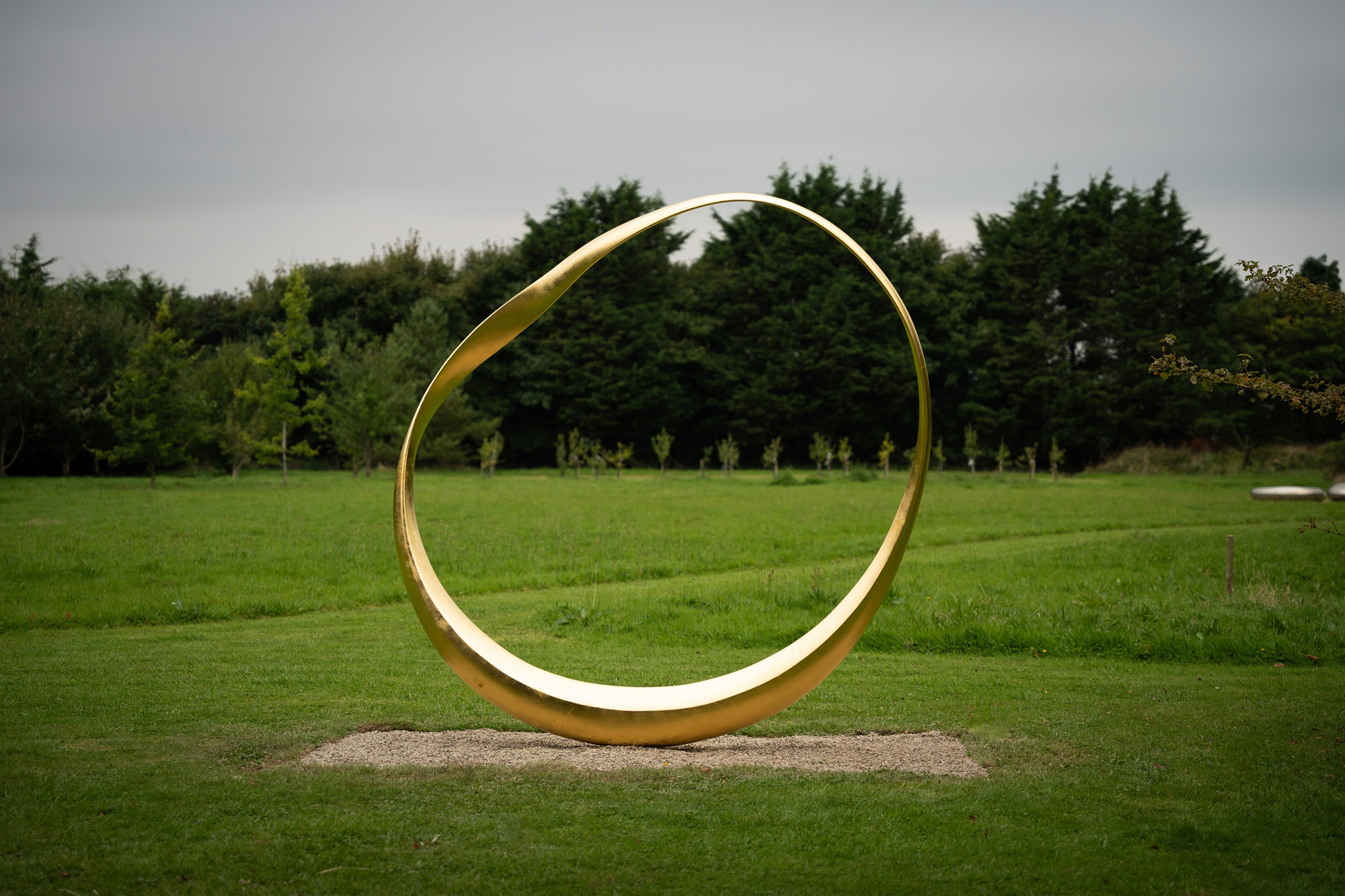 2025 Expo Osaka: Ireland is having a moment in Japan
2025 Expo Osaka: Ireland is having a moment in JapanAt 2025 Expo Osaka, a new sculpture for the Irish pavilion brings together two nations for a harmonious dialogue between place and time, material and form
By Danielle Demetriou Published
-
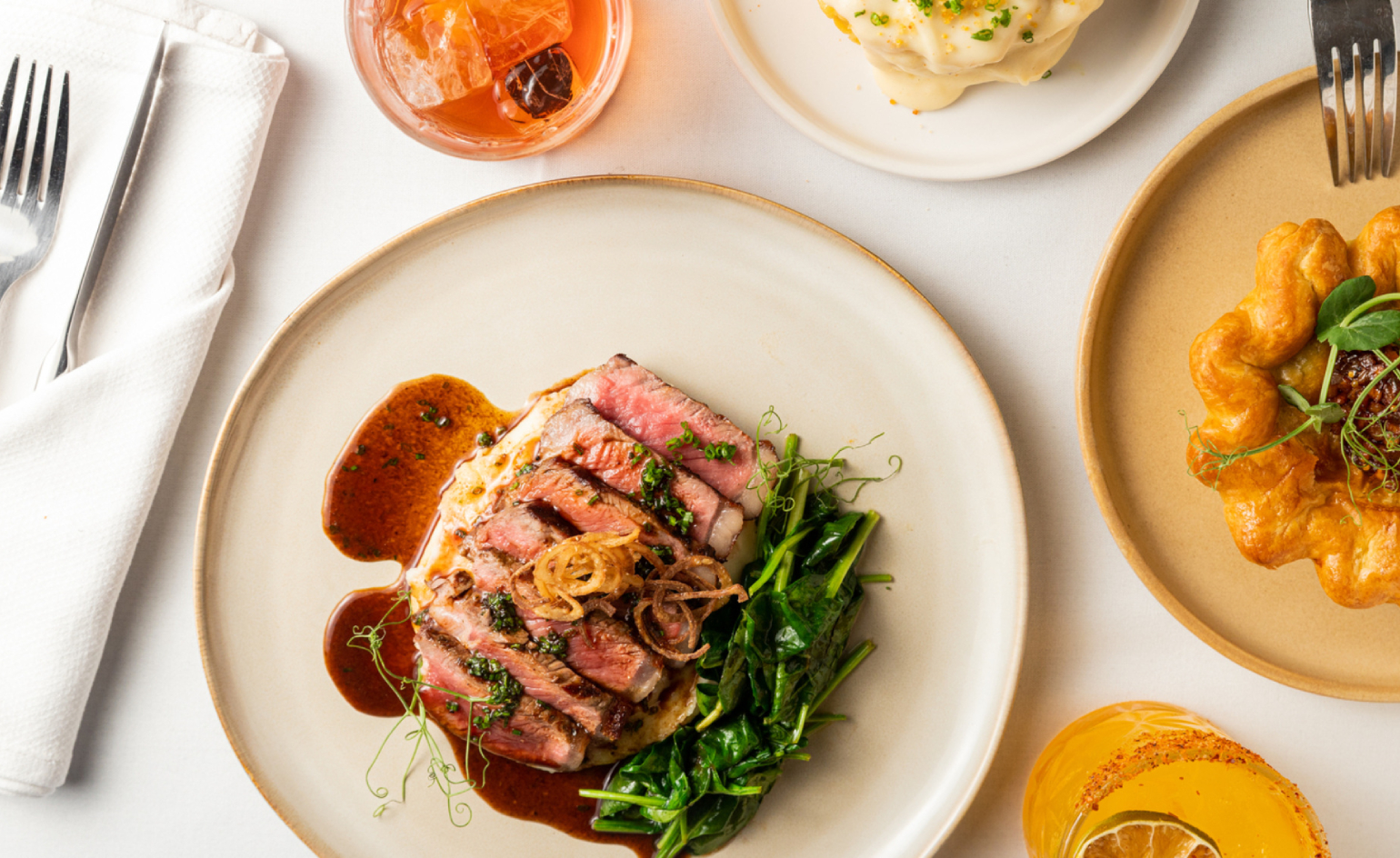 At Linden Los Angeles, classic New York comfort food gets its due
At Linden Los Angeles, classic New York comfort food gets its dueThe restaurant, inspired by a stretch of boulevard bridging Brooklyn and Queens, honors legacy, community and pleasure
By Carole Dixon Published
-
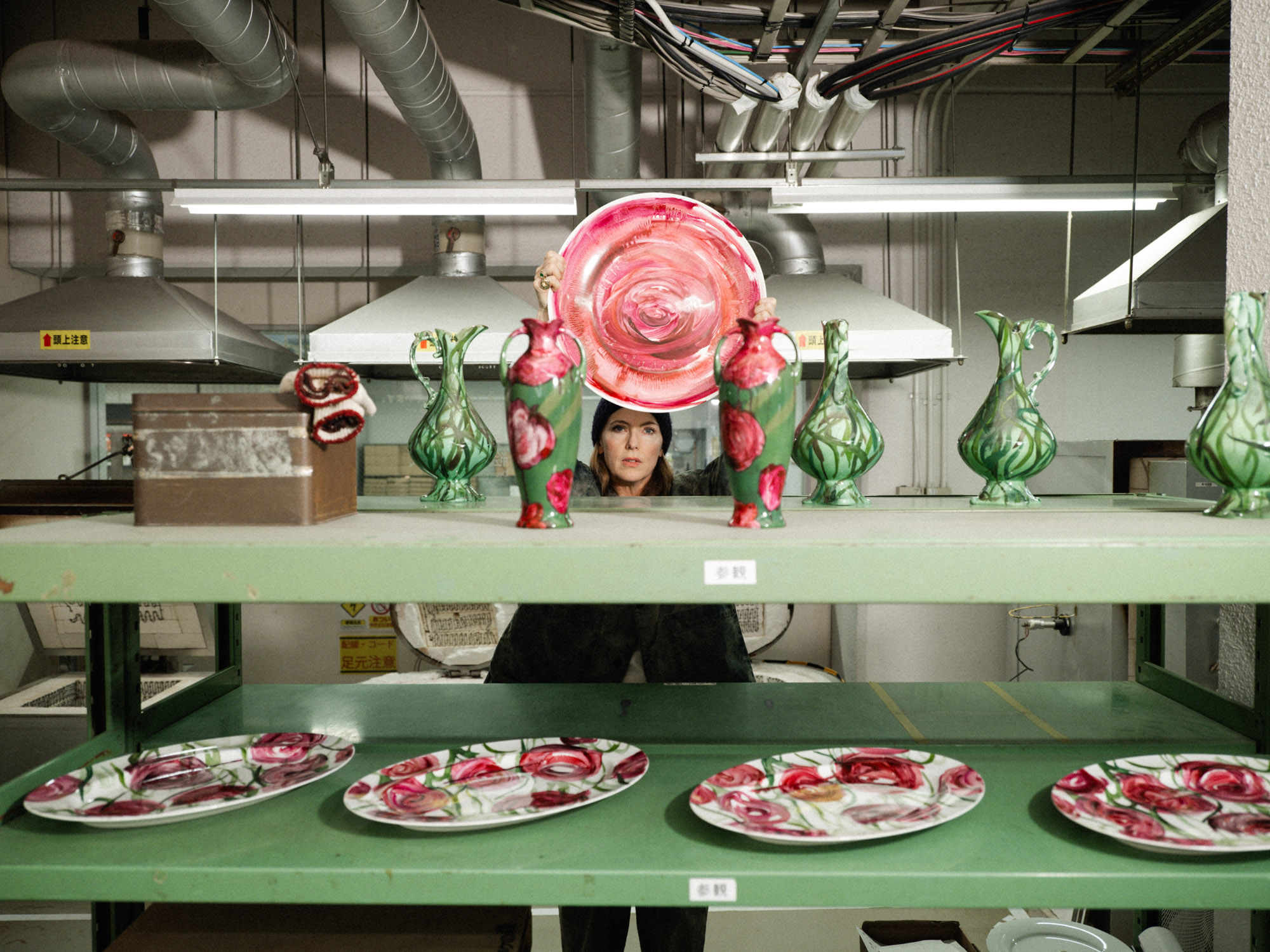 Faye Toogood comes up roses at Milan Design Week 2025
Faye Toogood comes up roses at Milan Design Week 2025Japanese ceramics specialist Noritake’s design collection blossoms with a bold floral series by Faye Toogood
By Danielle Demetriou Published
-
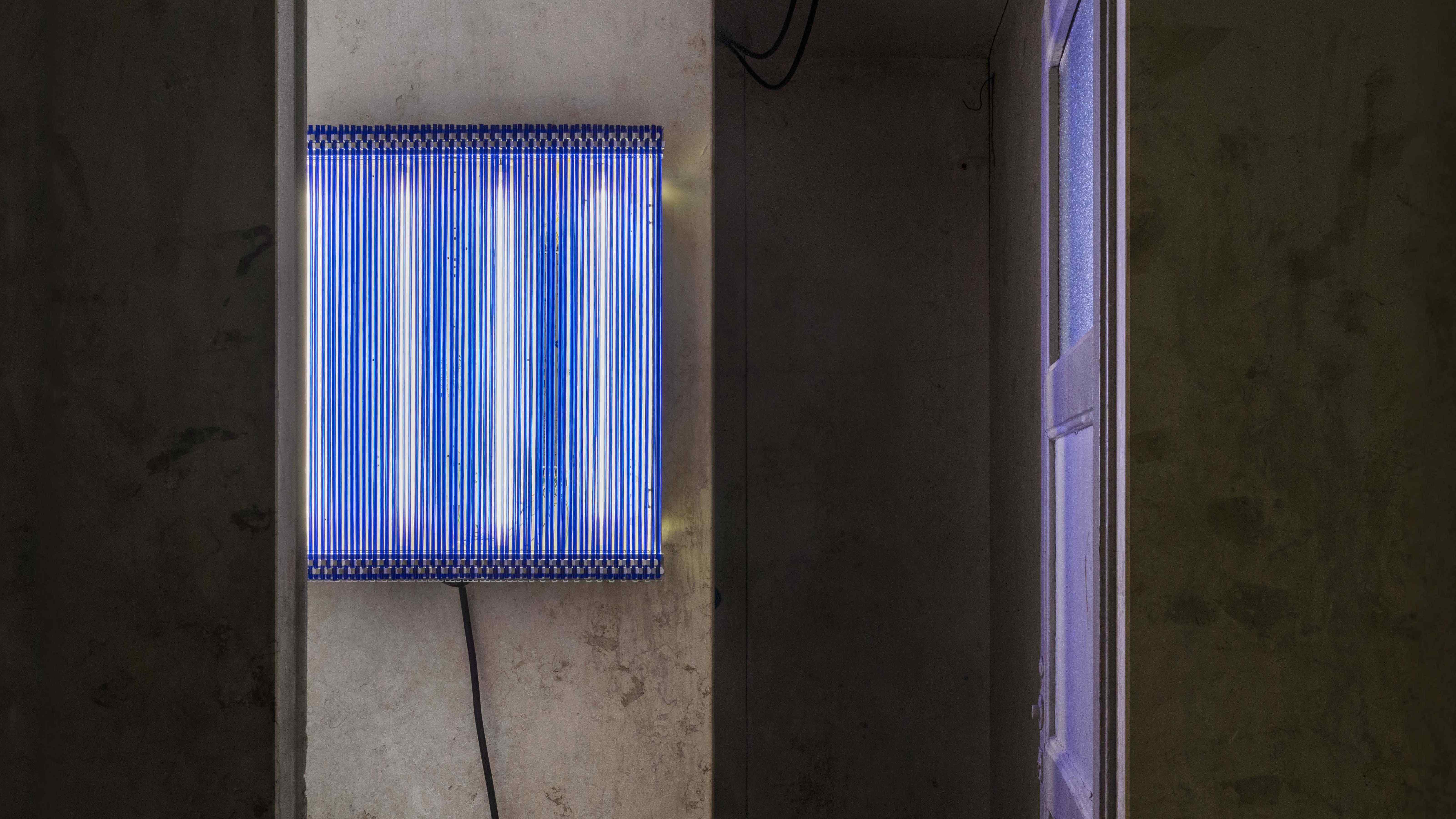 6:AM create a spellbinding Murano glass showcase in Milan’s abandoned public shower stalls
6:AM create a spellbinding Murano glass showcase in Milan’s abandoned public shower stallsWith its first solo exhibition, ‘Two-Fold Silence’, 6:AM unveils an enchanting Murano glass installation beneath Piscina Cozzi
By Ali Morris Published
-
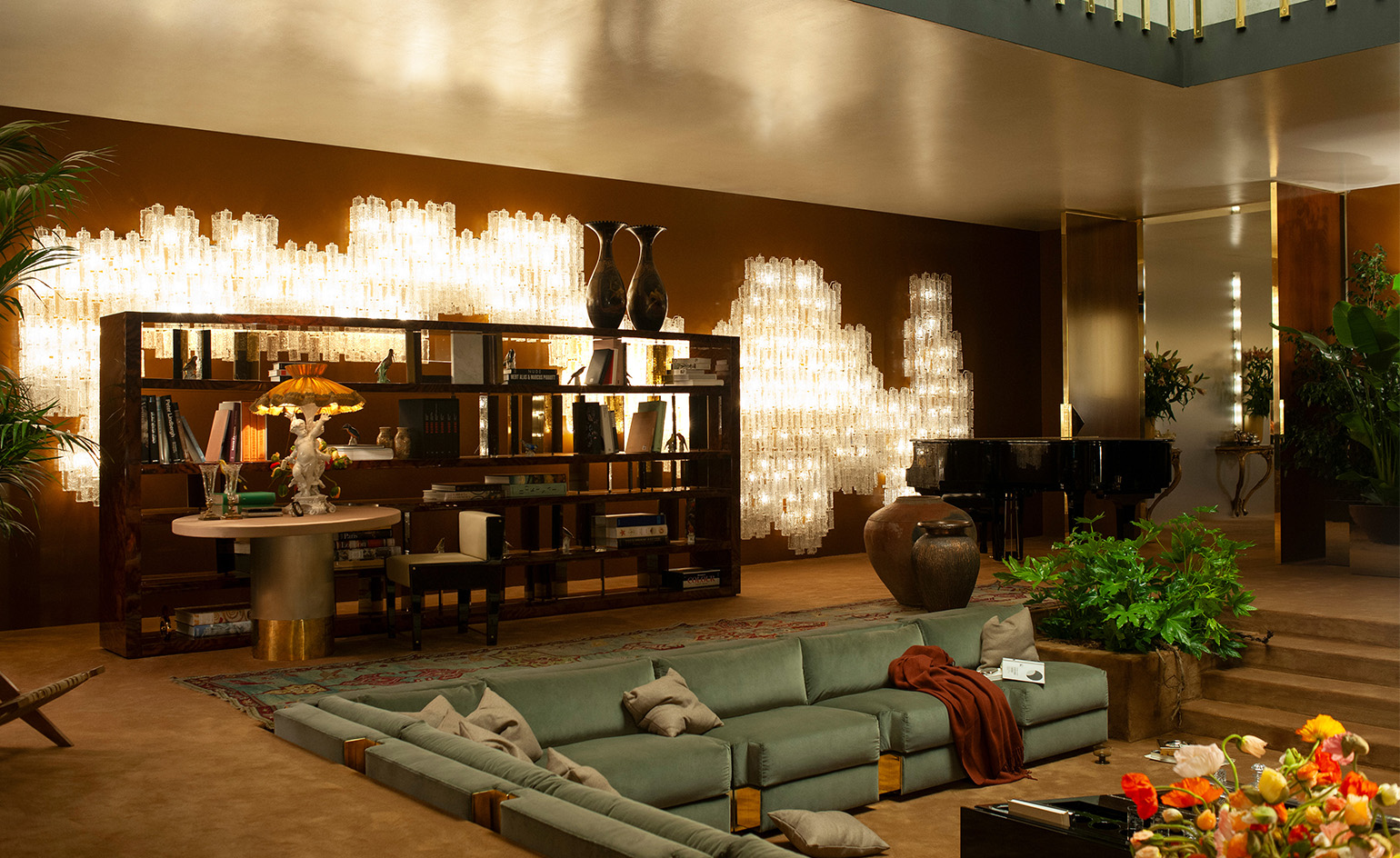 Dimoremilano and Loro Piana channel 1970s cinema in decadent Milan display
Dimoremilano and Loro Piana channel 1970s cinema in decadent Milan displayAt Milan Design Week 2025, Dimorestudio has directed and staged an immersive, film-inspired installation to present new furniture and decor for Loro Piana
By Dan Howarth Published
-
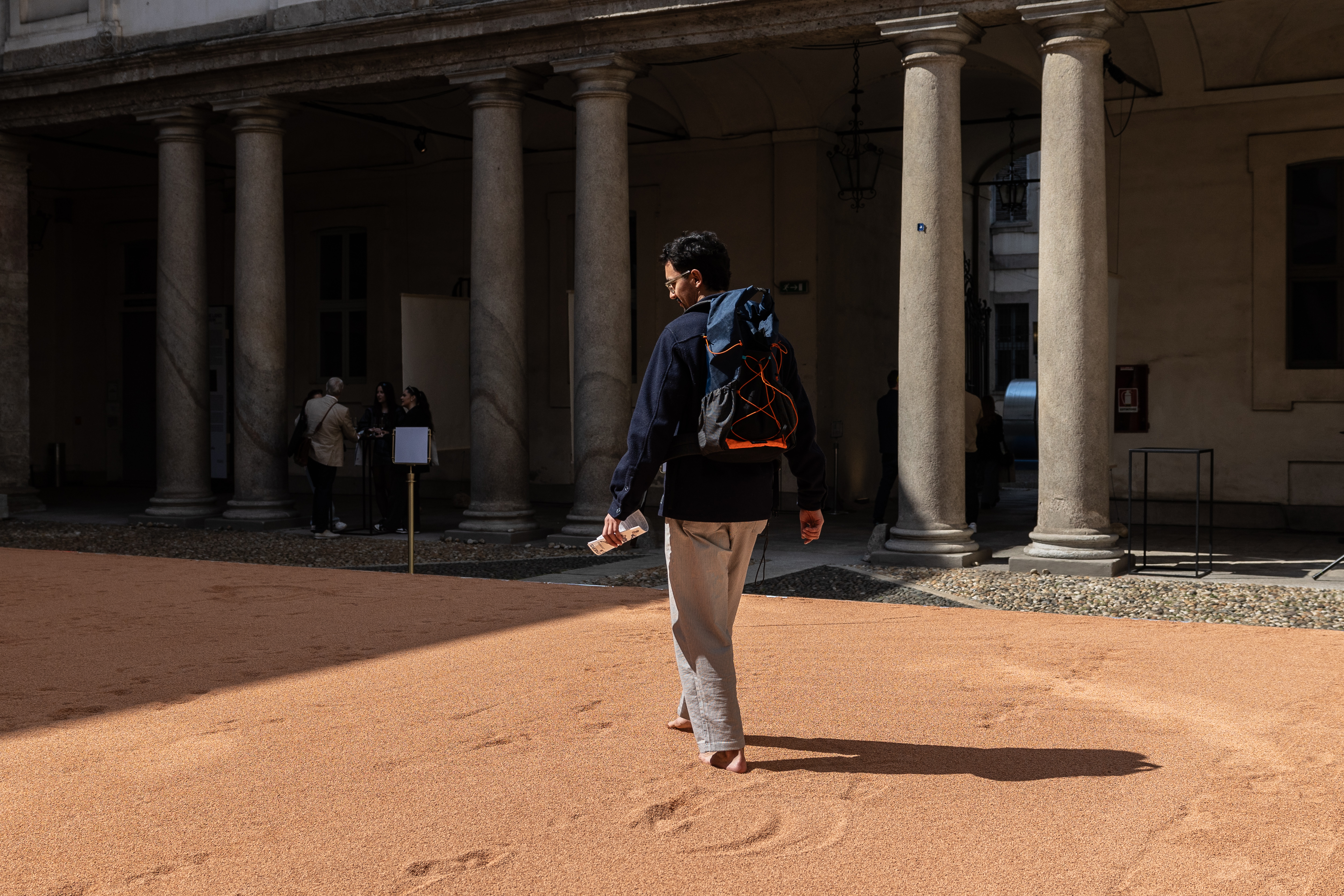 In Milan, MoscaPartners presents a poetic exploration of ‘migration’
In Milan, MoscaPartners presents a poetic exploration of ‘migration’Alongside immersive work by Byoung Cho, MoscaPartners’ Milan Design Week 2025 display features an accessible exhibition path designed for visually impaired visitors
By Cristina Kiran Piotti Published
-
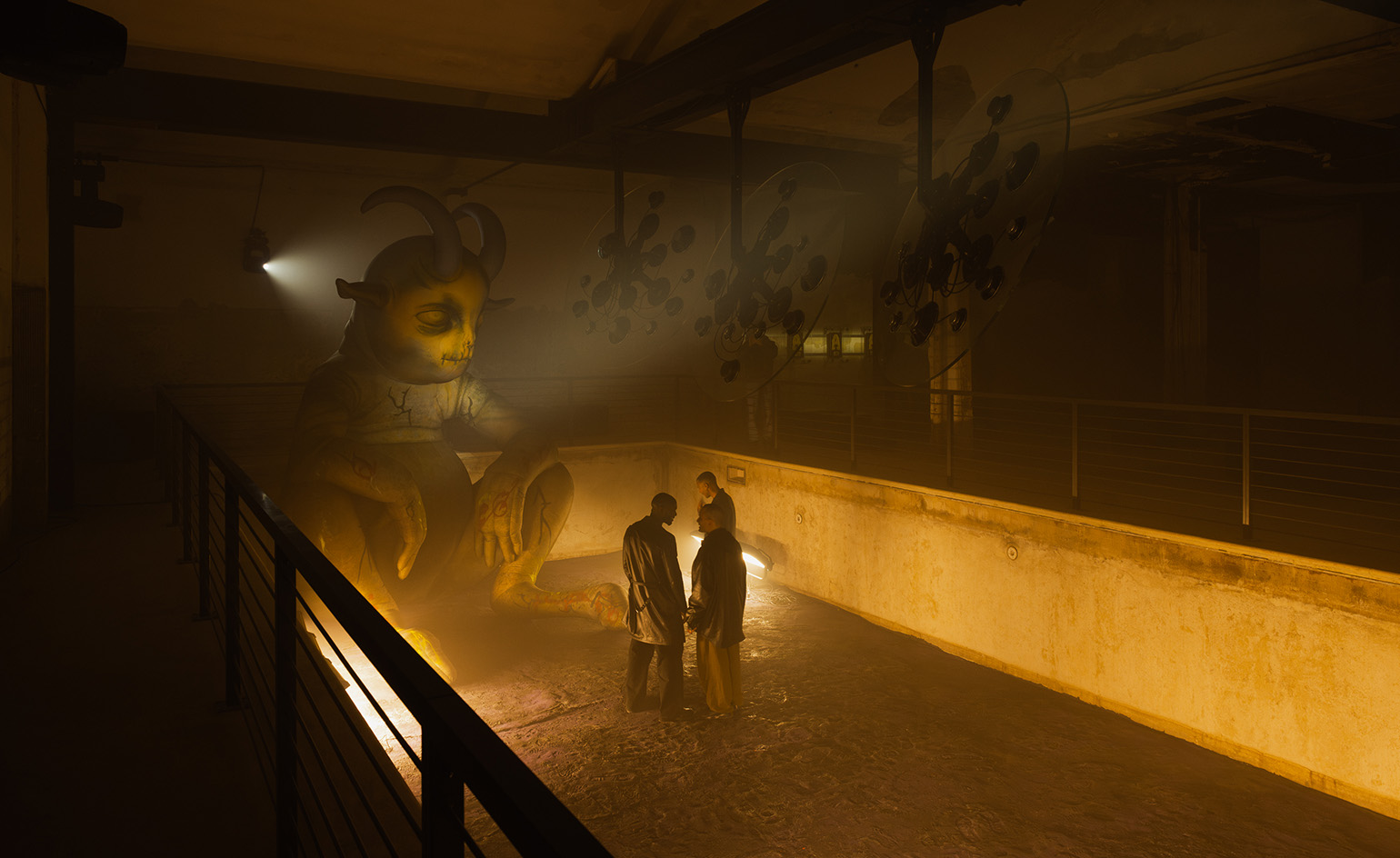 The making of PAN and Nike’s euphoric, club-inspired collaboration at Milan Design Week
The making of PAN and Nike’s euphoric, club-inspired collaboration at Milan Design WeekAlongside a new Air Max 180 release, ‘The Suspended Hour’ display sees Berlin record label PAN imagine the unfolding of a club night, from dusk until dawn
By Craig McLean Published
-
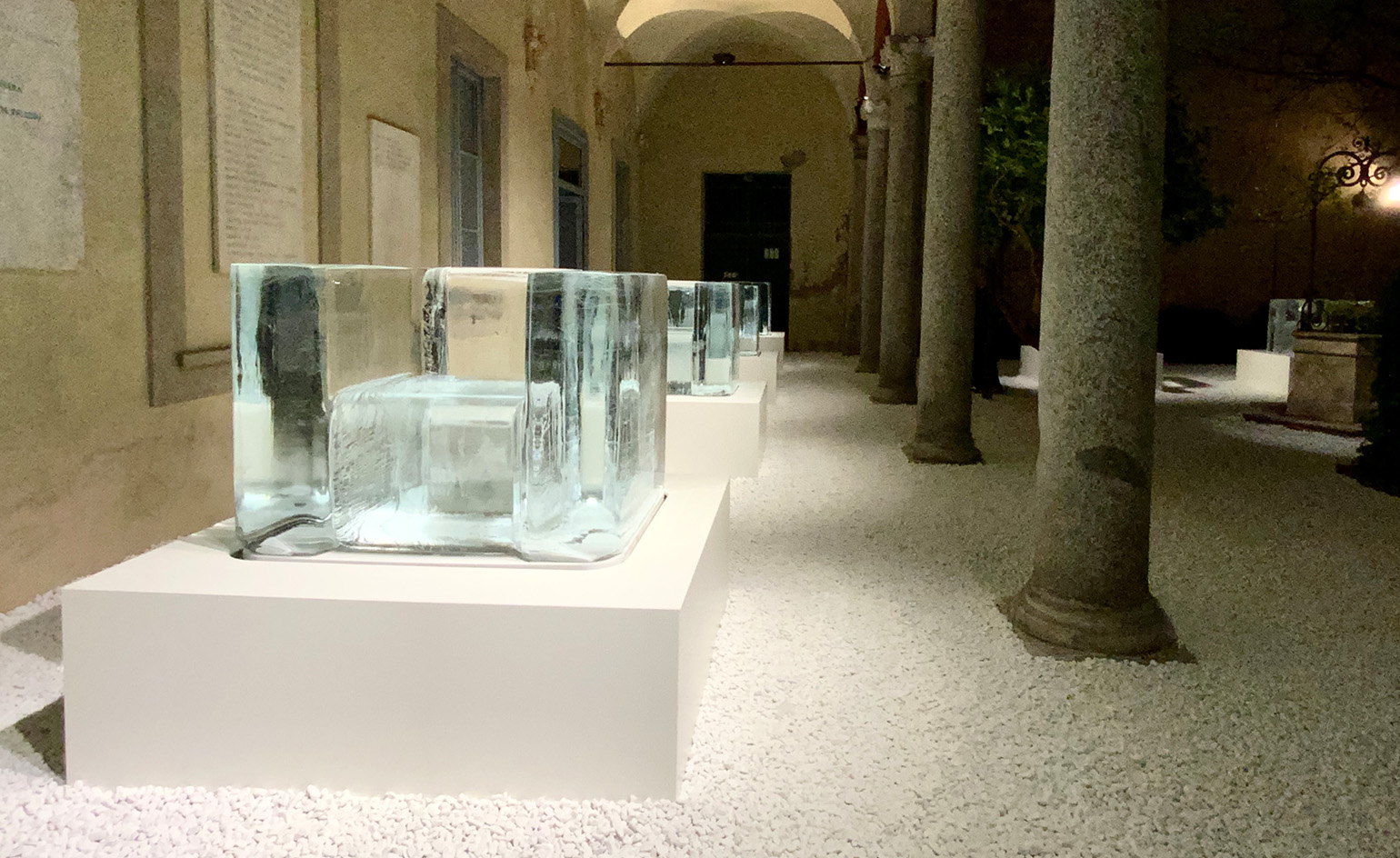 Tokujin Yoshioka’s ephemeral ice furniture is made to melt in Milan
Tokujin Yoshioka’s ephemeral ice furniture is made to melt in MilanTransparent chairs of frozen water slowly disappear during Milan Design Week 2025, in an expression of light by Japanese artist Tokujin Yoshioka
By Danielle Demetriou Published
-
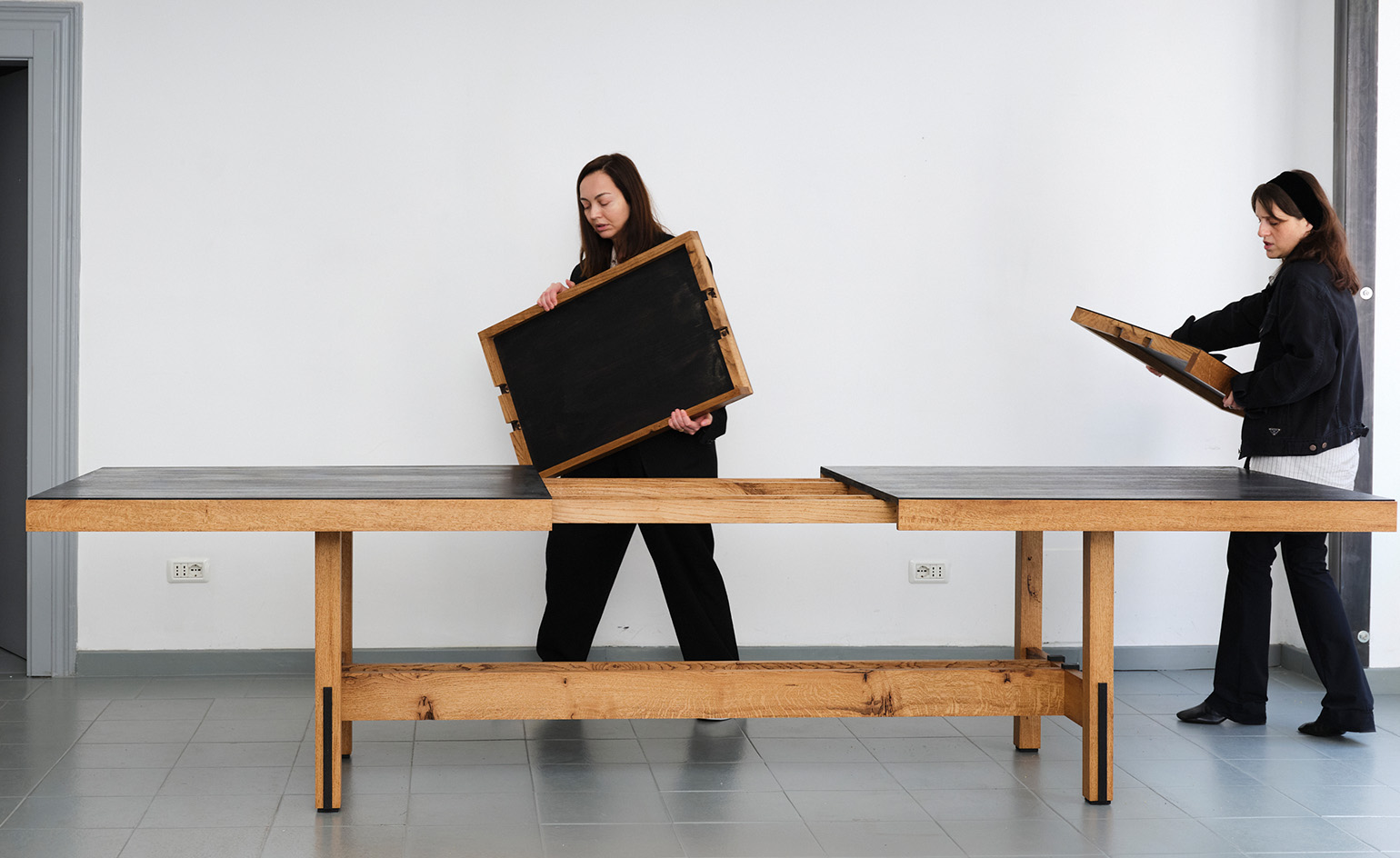 In Milan, Rooms Studio examines Georgia’s shifting social landscape
In Milan, Rooms Studio examines Georgia’s shifting social landscapeExpandable tables that reference recent government protests and lamps held together with ‘chewing gum’ feature in the Tbilisi-based studio’s Milan Design Week 2025 installation
By Dan Howarth Published
-
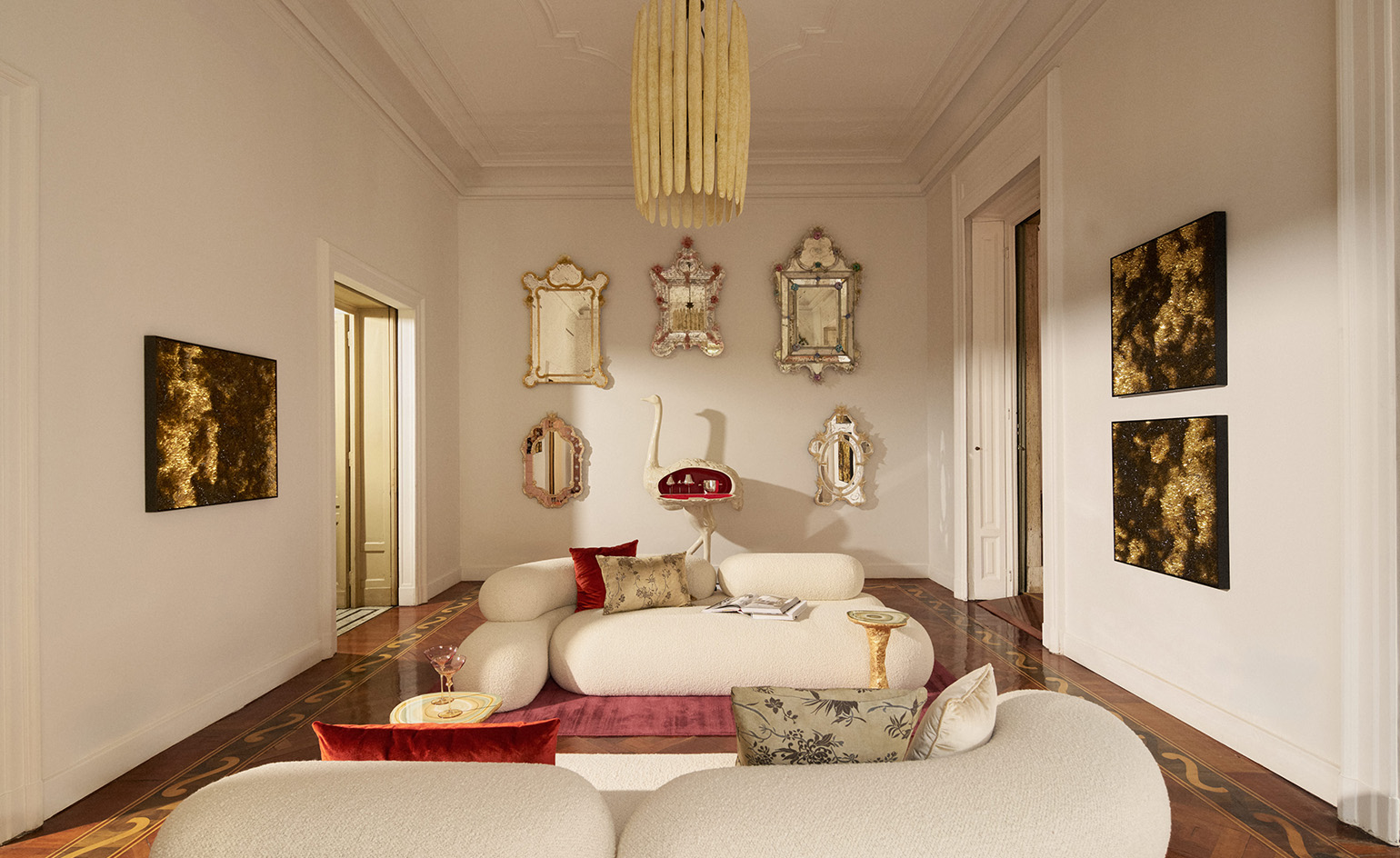 Step inside ‘L’Appartamento’, a grand Milan apartment dedicated to Italian design
Step inside ‘L’Appartamento’, a grand Milan apartment dedicated to Italian designThe Milan Design Week 2025 showcase of online platform Artemest enlists international designers to transform a 19th-century apartment in Palazzo Donizetti
By Ifeoluwa Adedeji Published